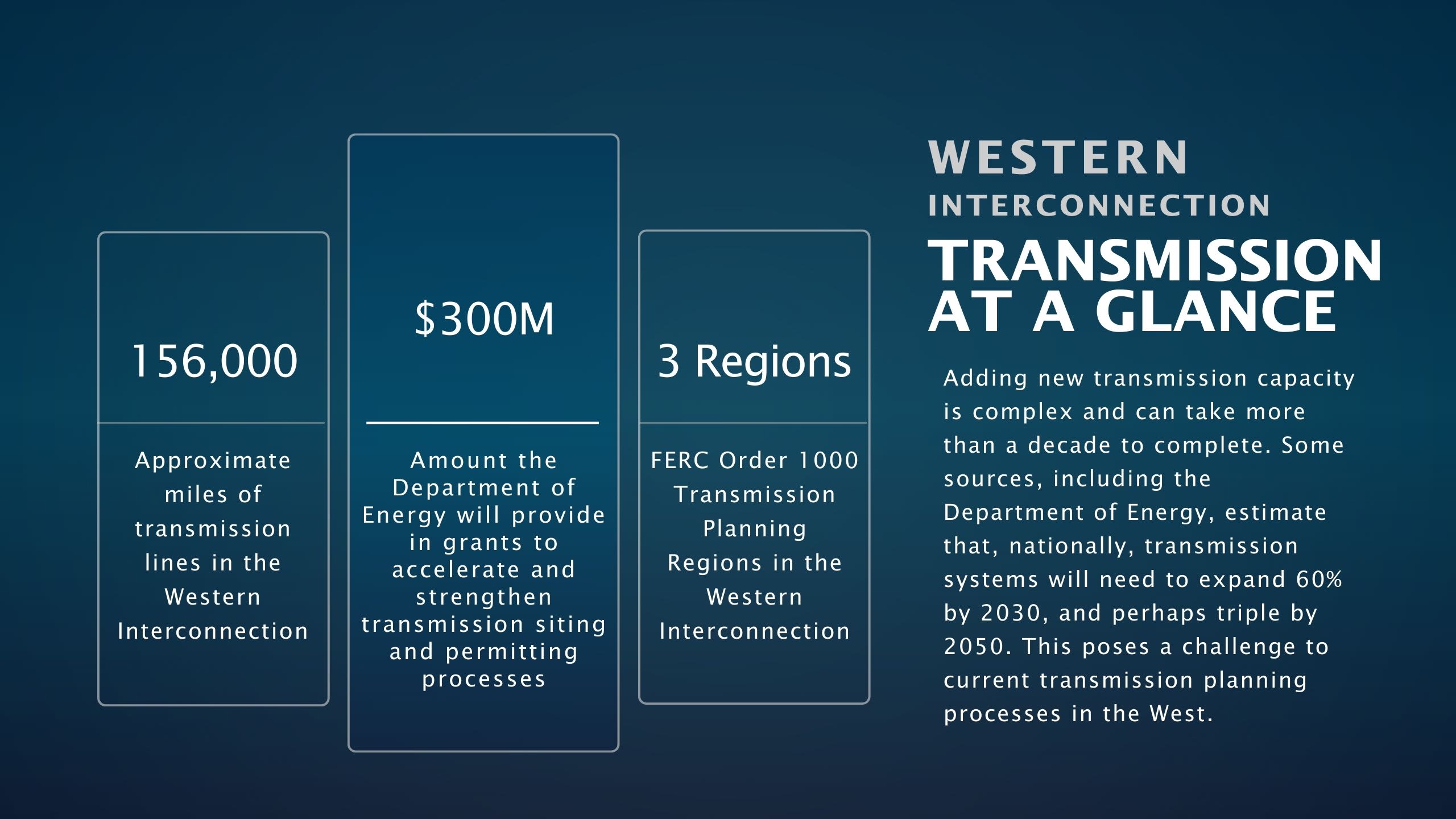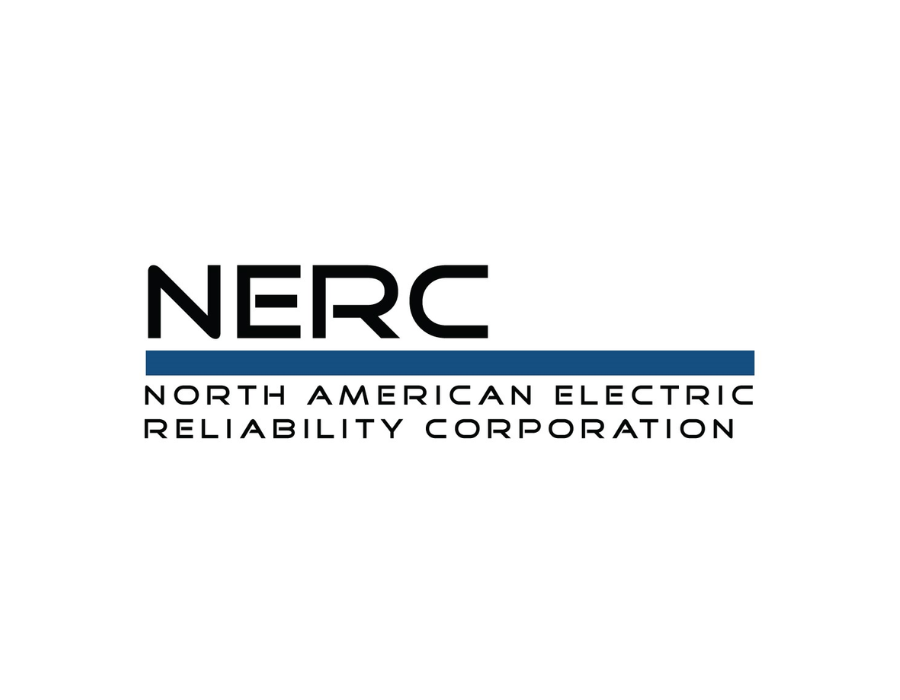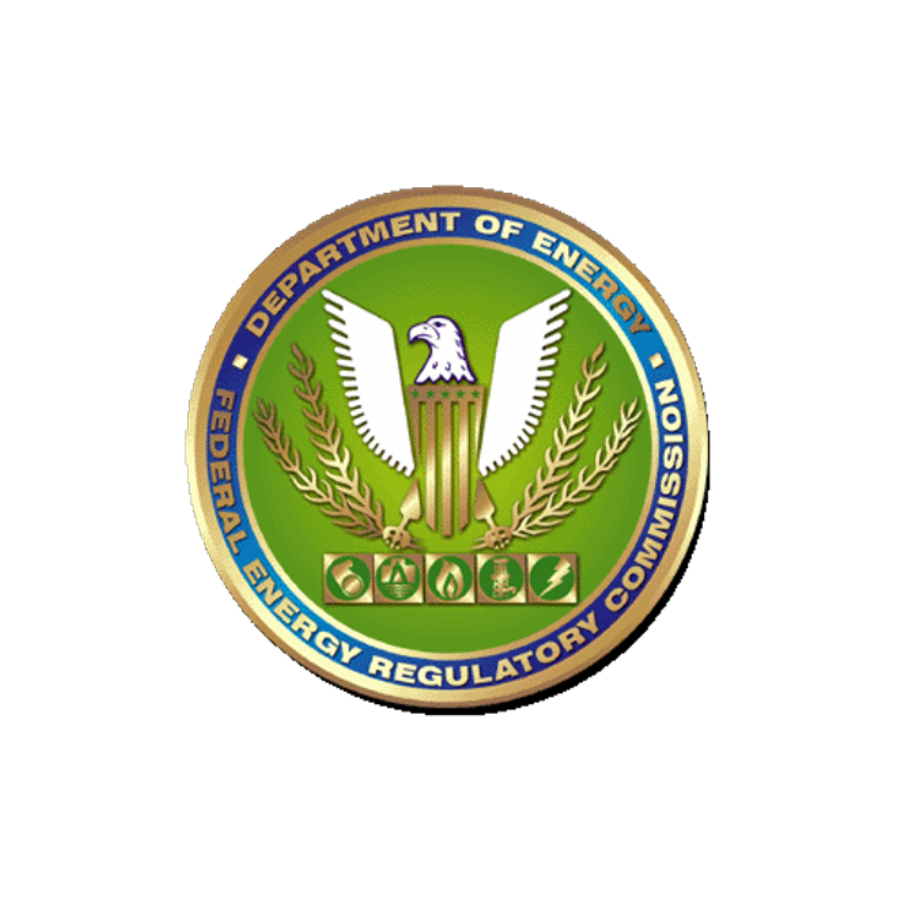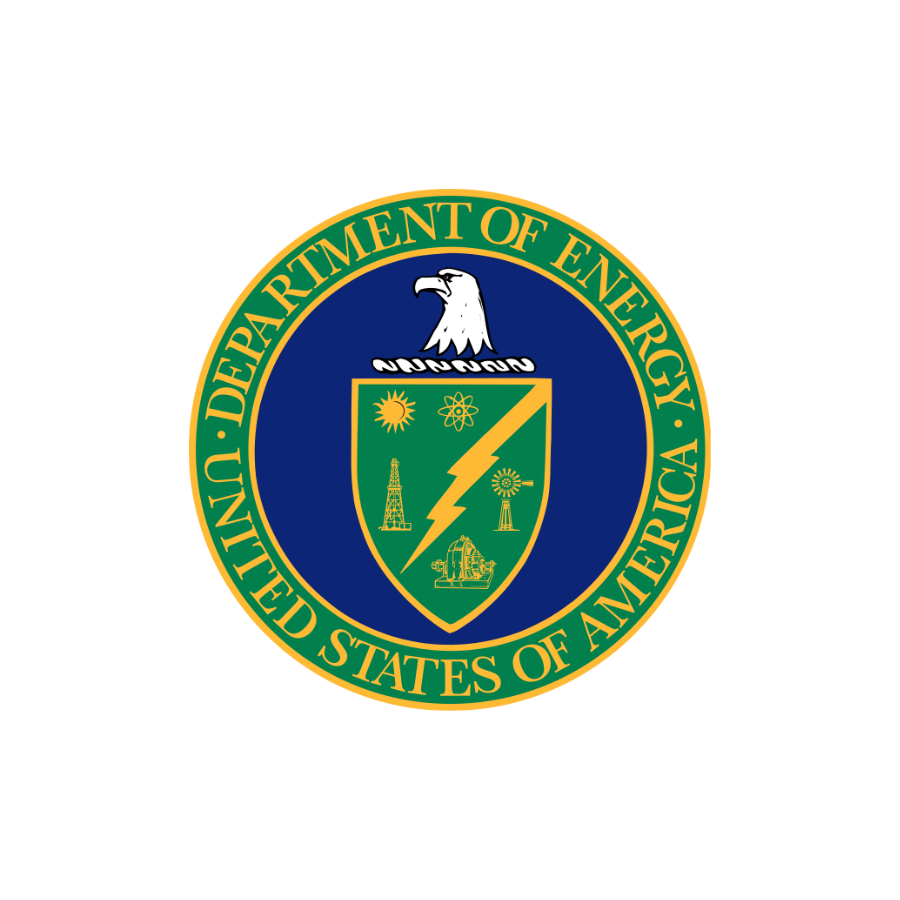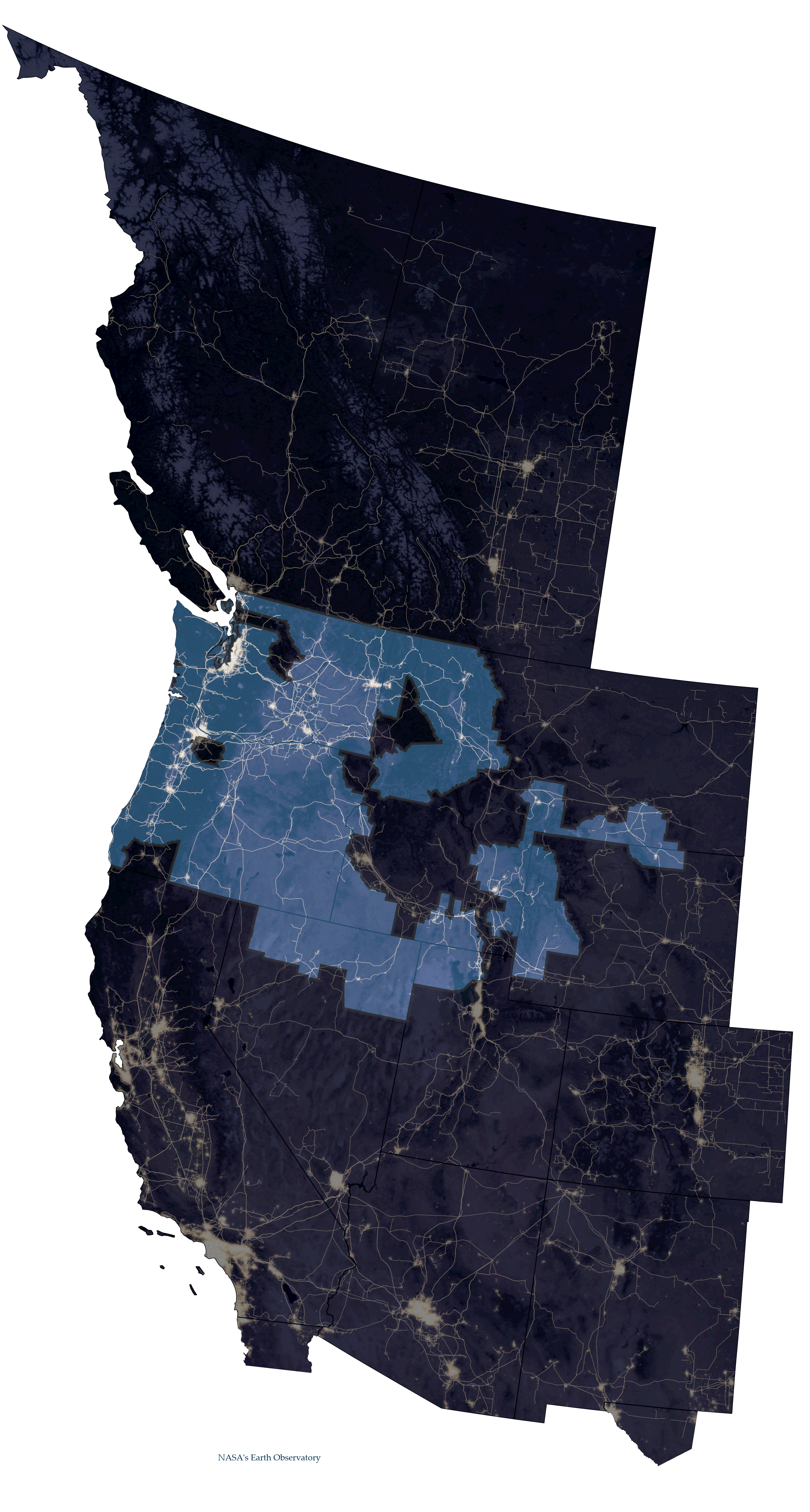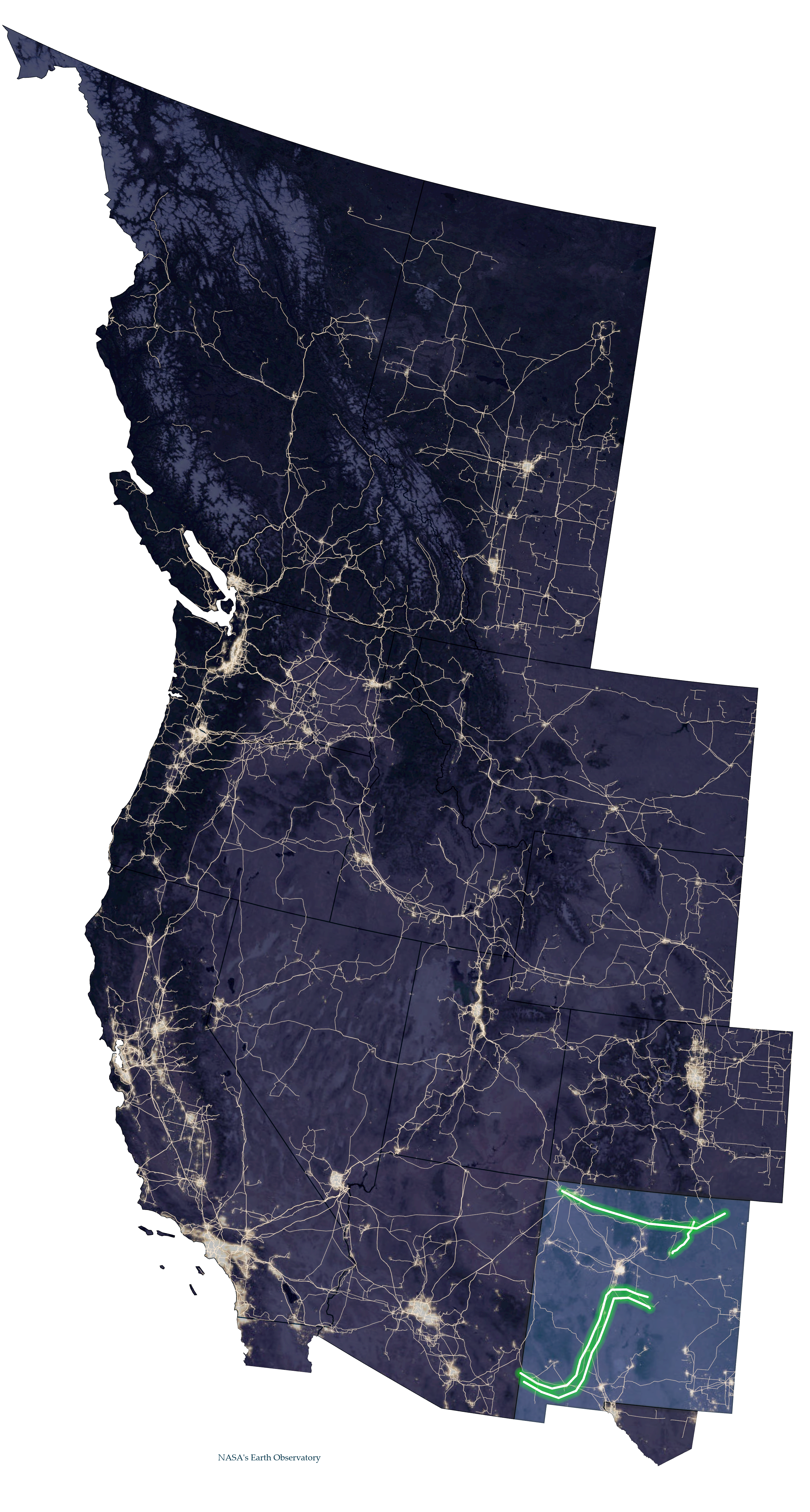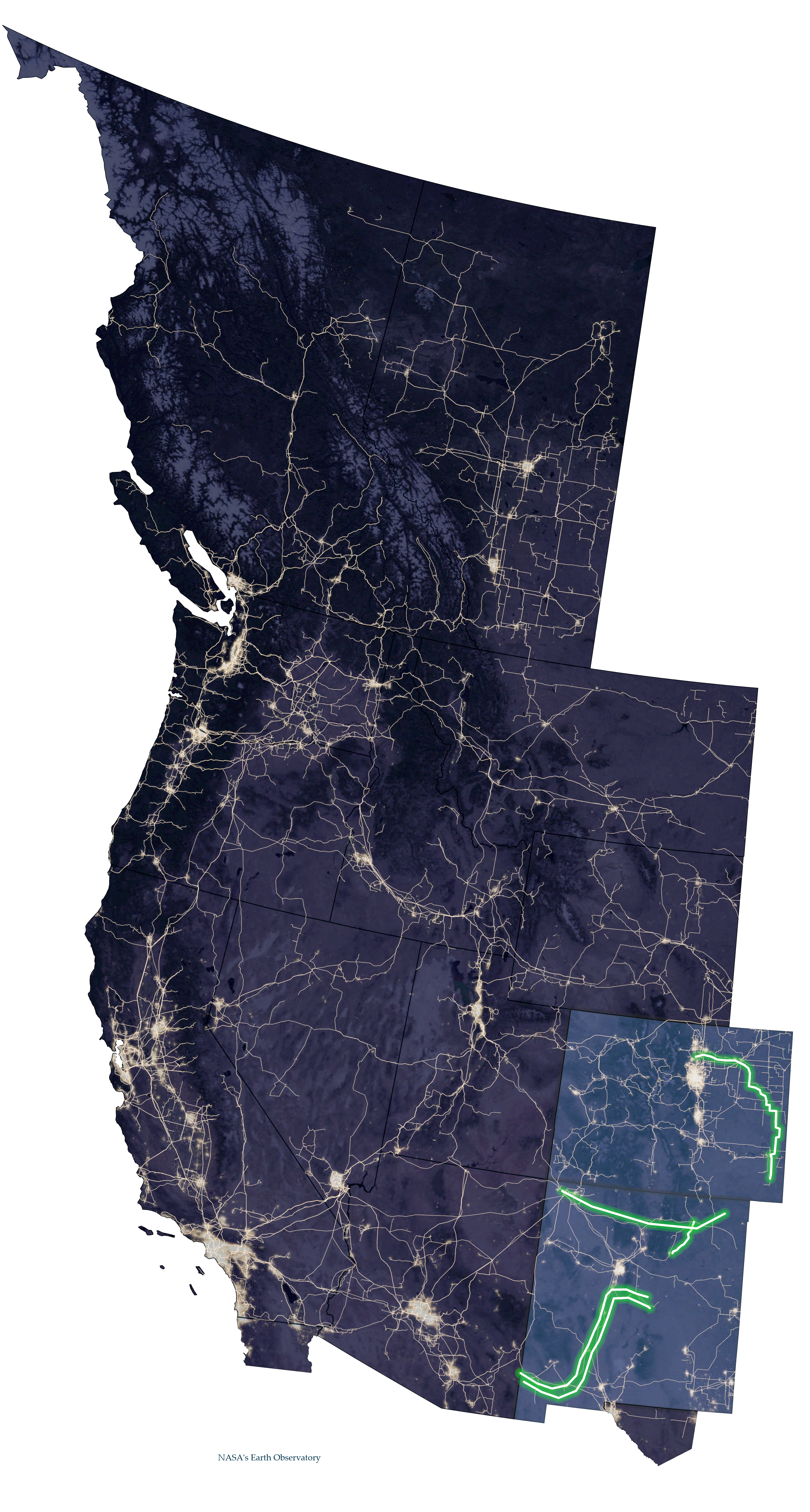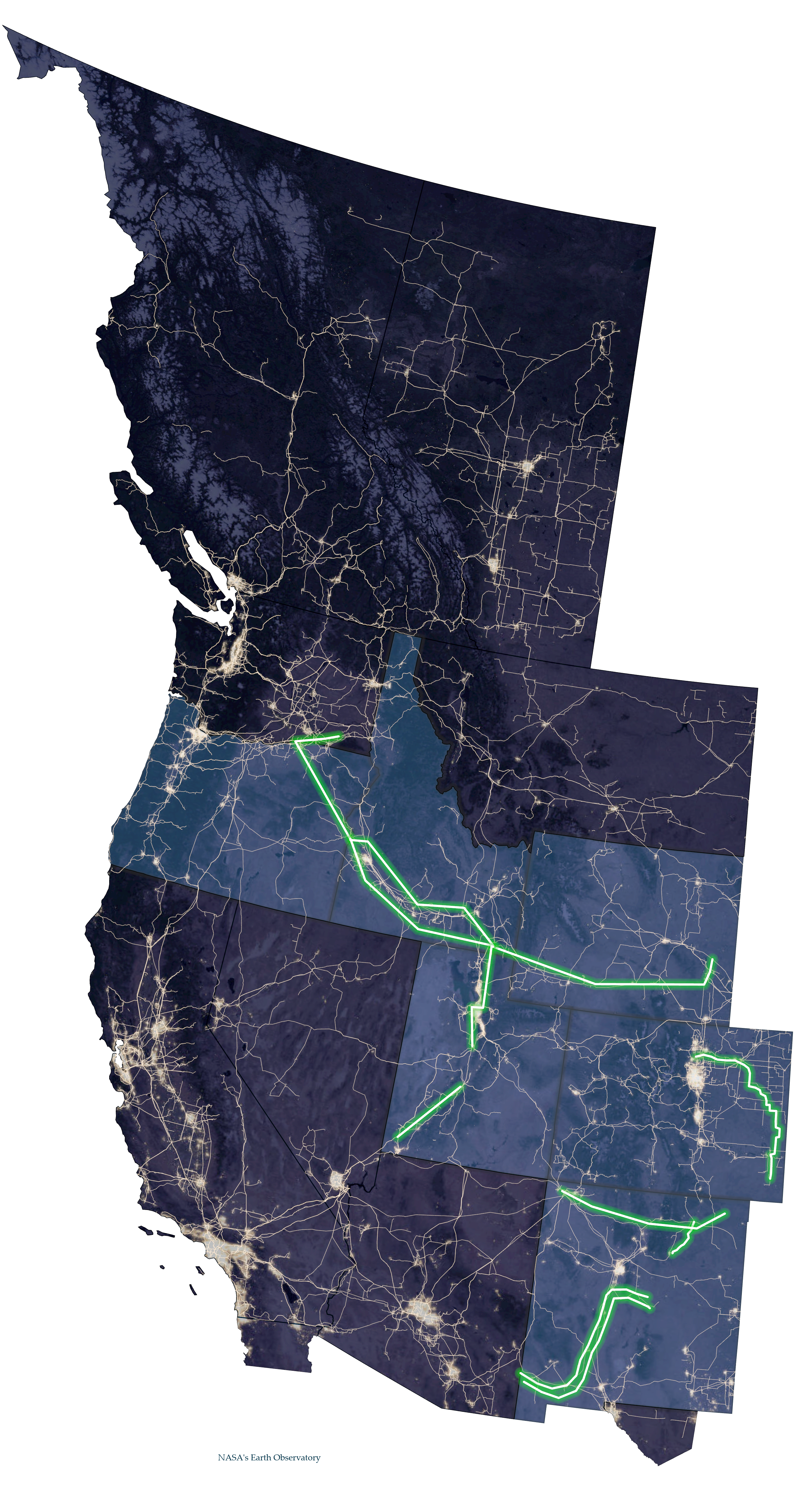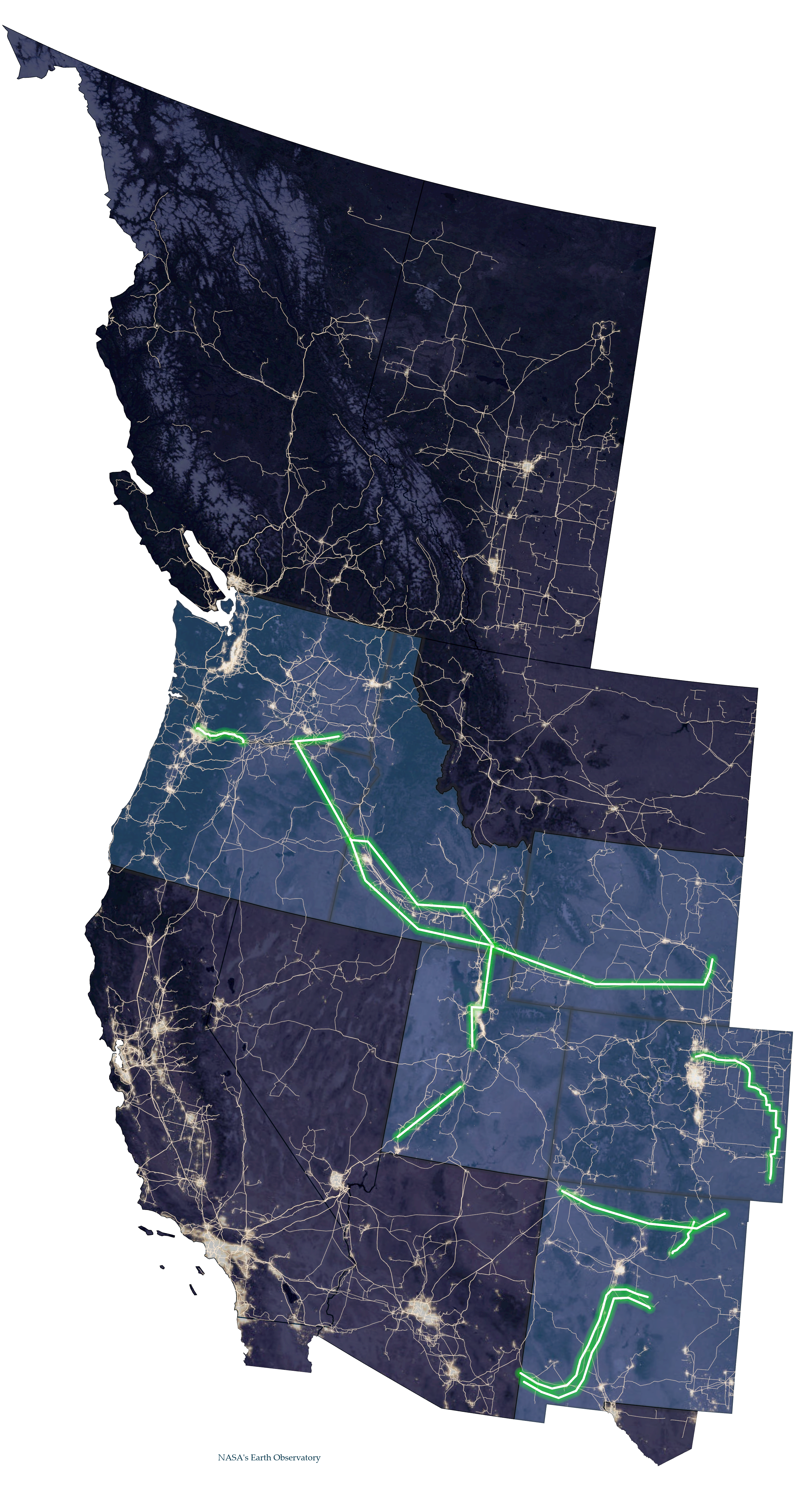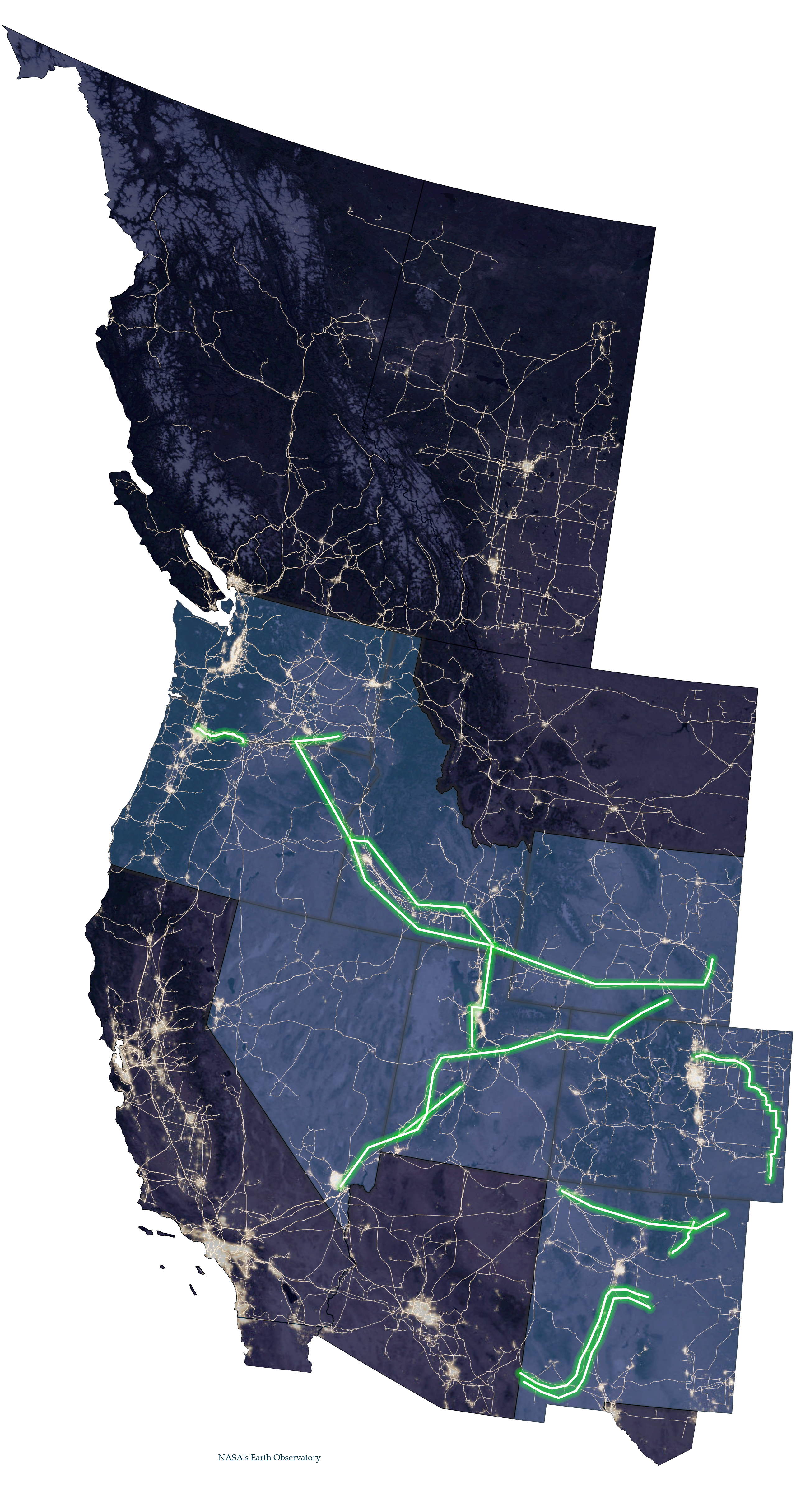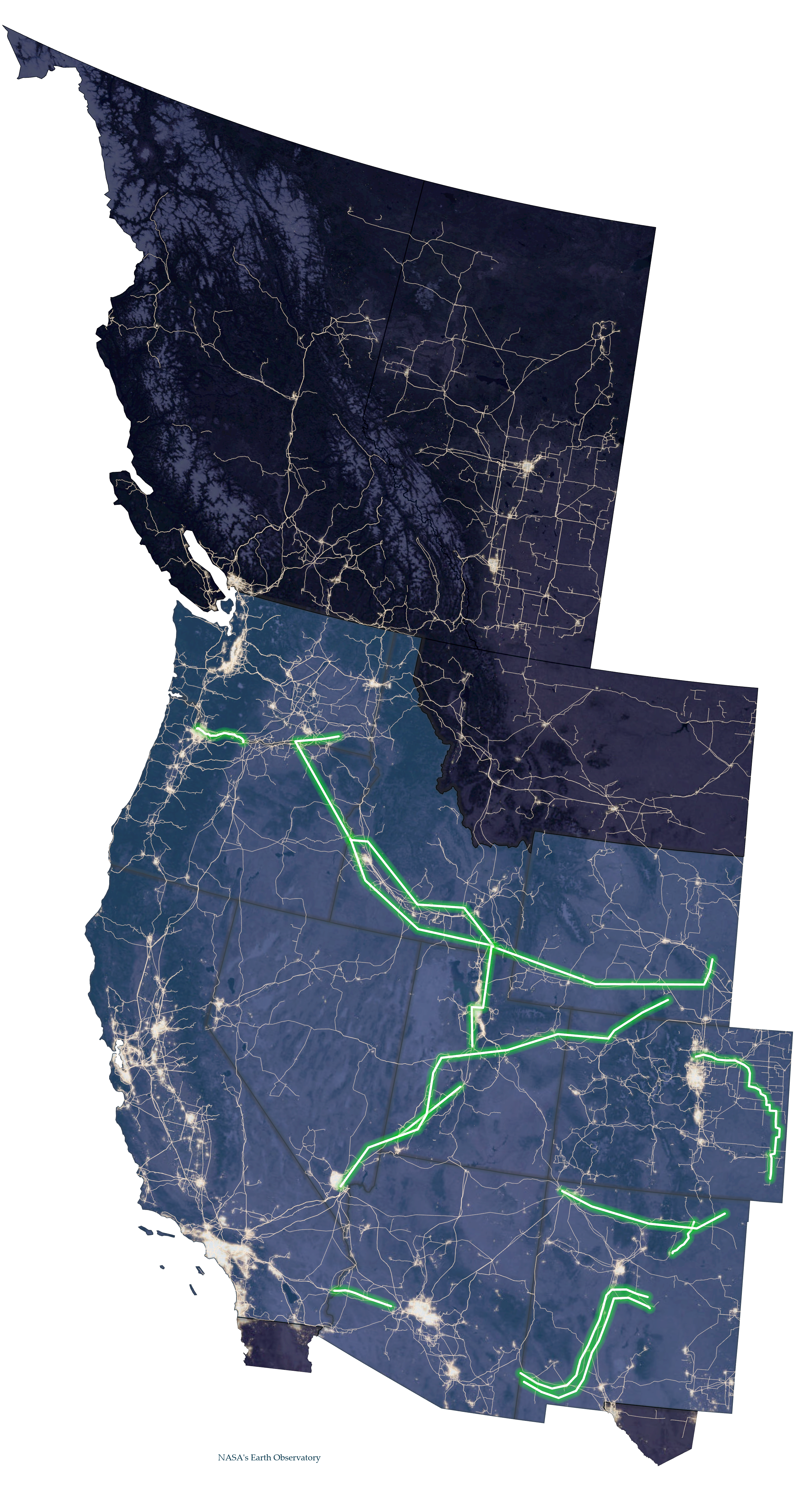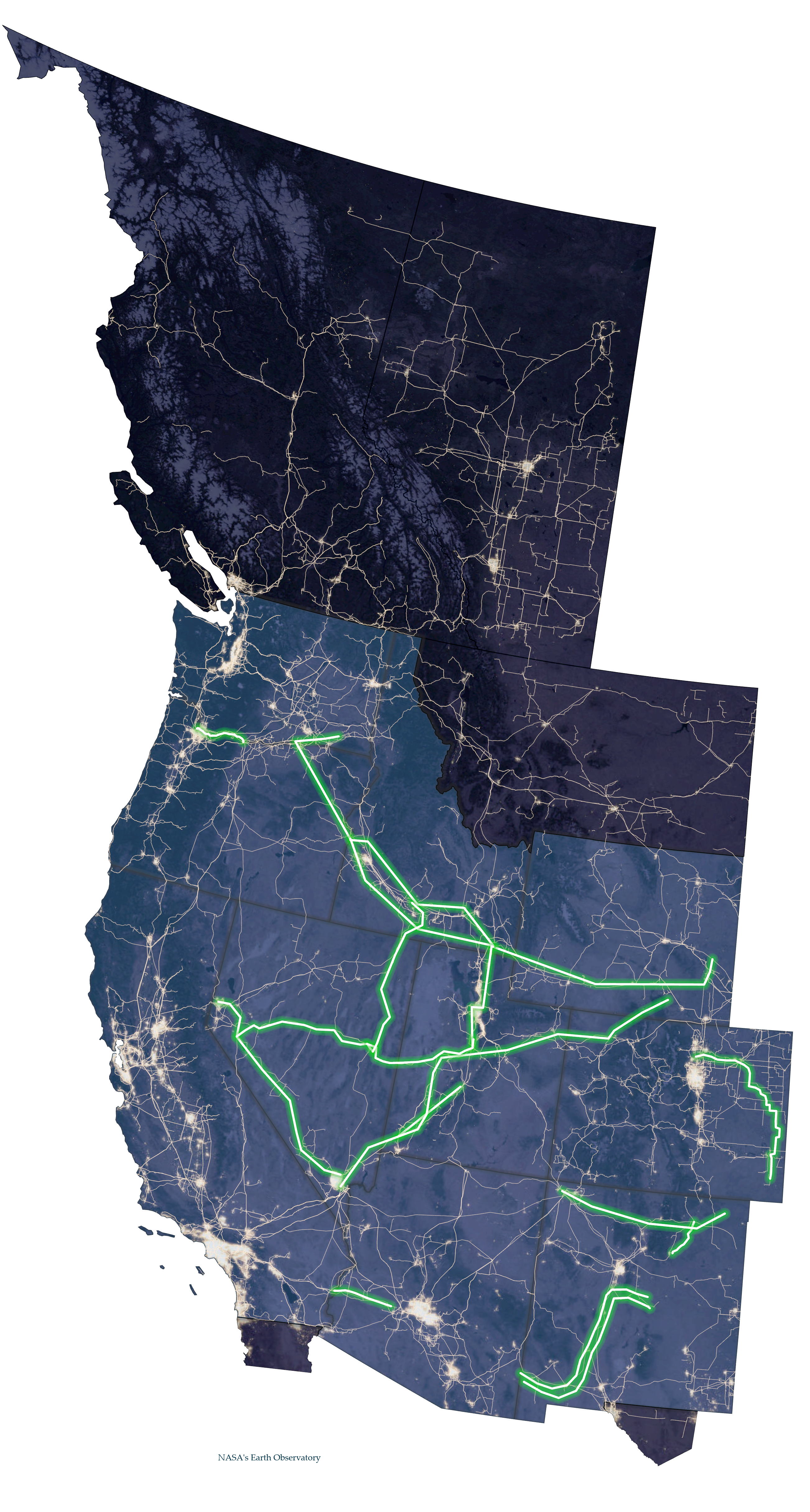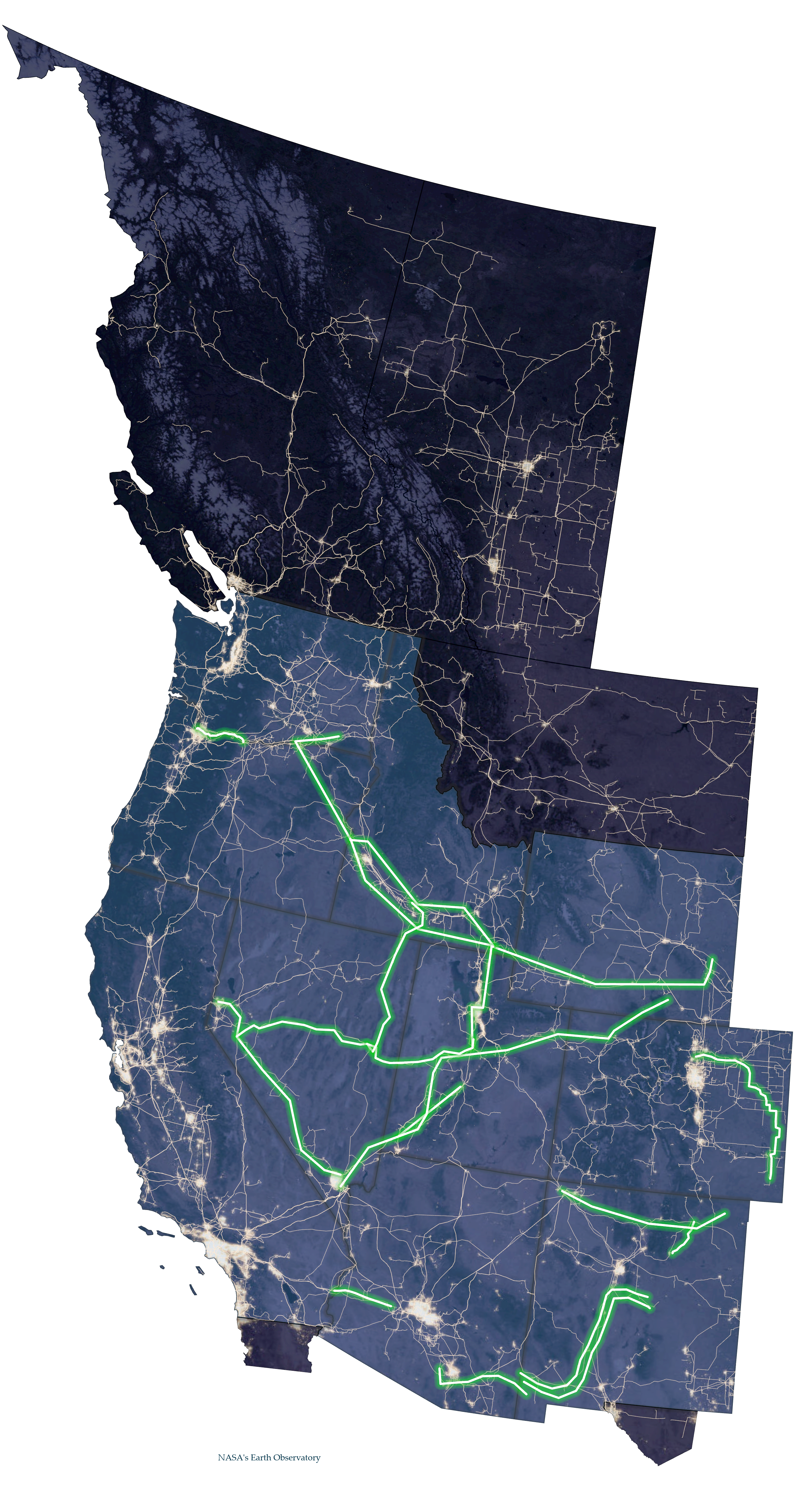Transmission
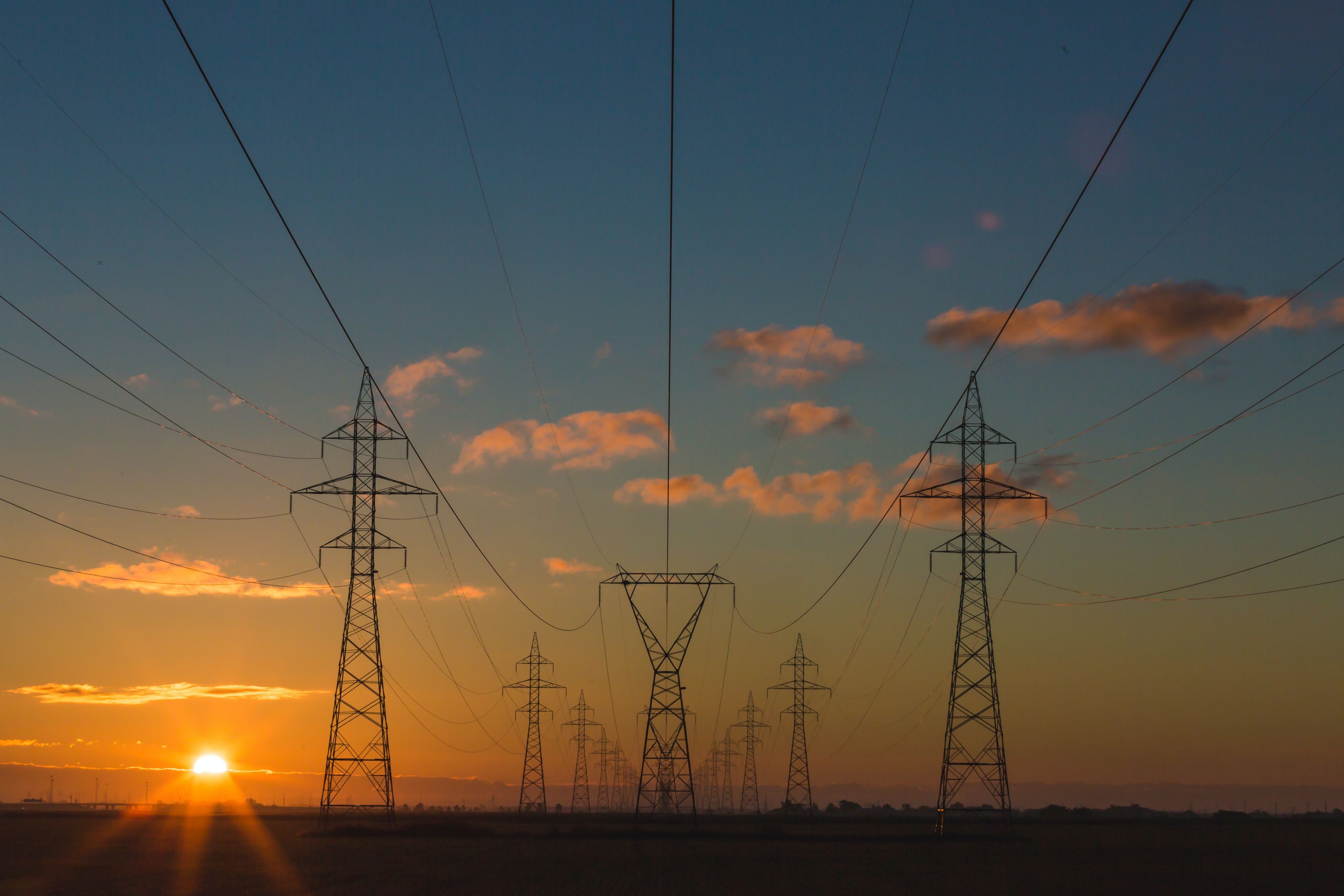

Transmission expansion is a critical issue for the West
The Western Interconnection has three FERC Order 1000 Transmission Planning Regions: the California Independent System Operator (CAISO), NorthernGrid, and WestConnect. Each of these entities conducts its own planning.
- CAISO unveiled its 2022-2023 Transmission Plan for the state in the spring. That effort followed the May 2022 release of CAISO’s 20-Year Transmission Outlook, which identified the longer-term grid requirements and options for meeting the state’s renewable energy goals and greenhouse gas reduction targets. In September 2023, CAISO filed a tariff amendment with FERC for a proposed new subscriber model that would allow new transmission to be funded through subscriptions.
- NorthernGrid approved its 2022-2023 Regional Transmission Plan in December 2023.
- WestConnect's Planning Management Committee (PMC) in December 2023 approved the conclusion that no regional transmission needs are identified in its 2022-23 Regional Transmission Needs Assessment. In January 2023, the WestConnect PMC approved the 2022-23 Regional Needs Assessment Report.
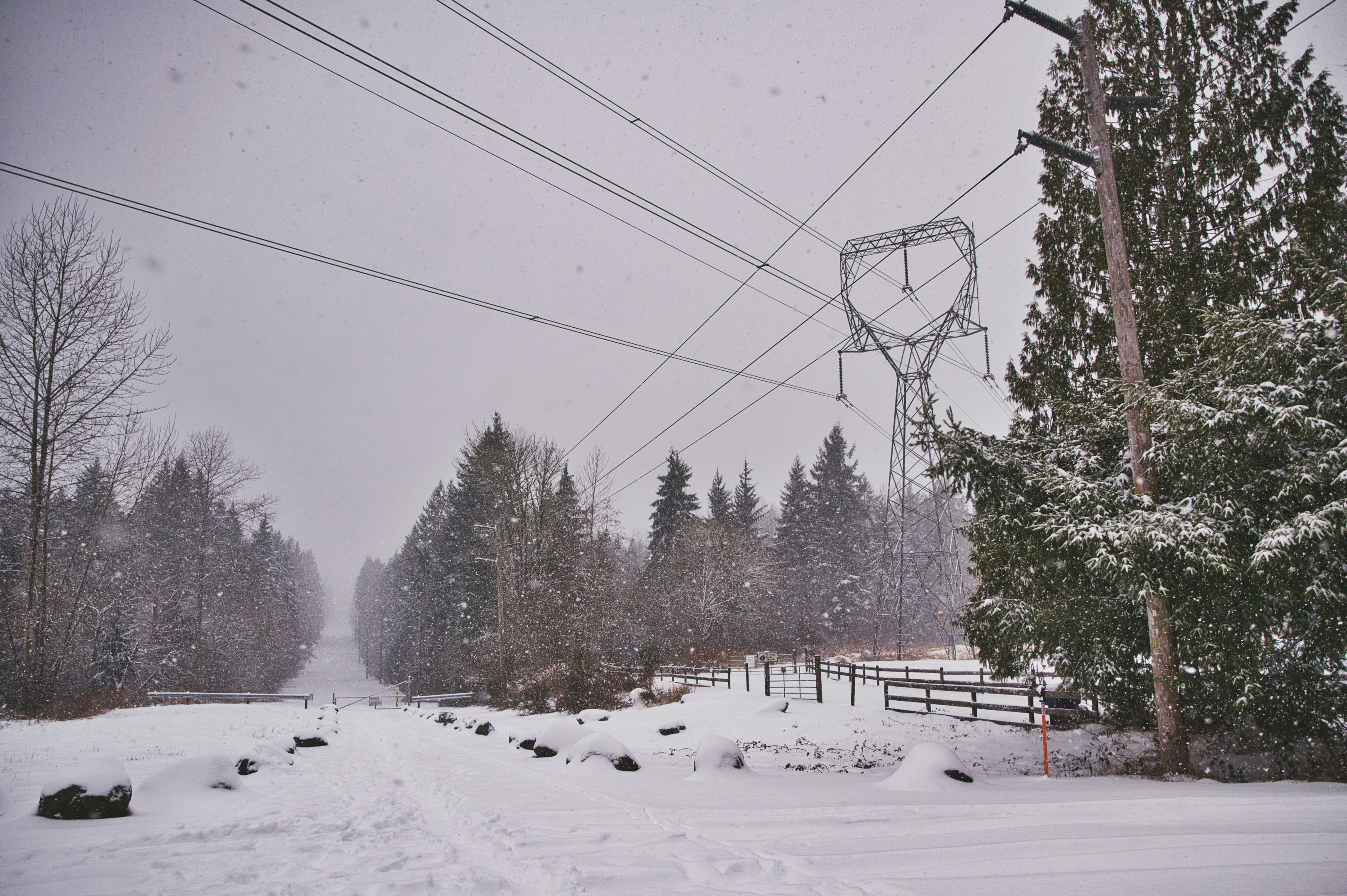
Transmission Work Across the Nation
The West
In October 2023, the Western Power Pool launched the Western Transmission Expansion Coalition, a West-wide effort to develop a transmission plan that supports the needs of the future electric grid and identifies benefits such as enhanced reliability and improved economic efficiency.
The Western States Transmission Initiative conducted outreach with stakeholders throughout the region to develop a set of recommendations to advance transmission planning discussions.
The ERO Enterprise
NERC, WECC, and the other Regional Entities—collectively the Electric Reliability Organization (ERO) Enterprise—started work on the Interregional Transfer Capability Study (ITCS). The study was mandated in the Fiscal Responsibility Act of 2023 to study the ability to transfer electricity between regions during extreme weather or unexpected outages. NERC is leading the study, which must be filed with FERC by December 2, 2024. WECC has been working with the West's FERC Order 1000 Transmission Planning Regions and other planning entities to provide data and input for the Western Interconnection.
FERC
FERC issued Order 1920 in May 2024, adopting requirements for transmission providers to conduct long-term planning for regional transmission facilities. It requires transmission operators to produce a regional transmission plan of at least 20 years to identify long-term needs and the infrastructure needed to meet them, and to periodically update those plans.
FERC is also working with state regulators through the Joint Federal–State Task Force on Electric Transmission. The task force was established in 2021 and comprises all FERC commissioners and 10 state commissioner representatives, including Commissioner Darcie L. Houck with the California Public Utilities Commission. It is intended to foster federal–state coordination and cooperation with a focus on transmission planning and funding.
DOE
In October 2023, the Department of Energy’s (DOE) Grid Deployment Office released the National Transmission Needs Study that found an urgent need for new transmission infrastructure. Independent estimates indicate that transmission systems will need to expand by 60% by 2030 and potentially triple by 2050 to accommodate clean energy goals and maintain resiliency in the face of the growing demand for electricity.
DOE is also conducting the National Transmission Planning Study, which will identify interregional and national strategies to accelerate cost-effective decarbonization while maintaining system reliability.
Transmission Developments in 2023
Amid calls for increasing transmission capacity, nearly two dozen major interstate transmission projects, and even more intrastate projects, are in various stages of development throughout the Western Interconnection today.
Bonneville Power Administration
In July, the Bonneville Power Administration (BPA) announced more than $2 billion in transmission projects designed to increase capacity and accommodate regional growth in the Pacific Northwest as well as new clean energy resources being built on the east side of the region, far from the population centers.
Six projects would reinforce existing major BPA transmission lines that run from the east side of the region to load centers such as Portland and the Puget Sound area. Several smaller projects near Seattle and Portland would reinforce transmission lines that deliver power to BPA customers who serve retail load in those areas. These projects are expected to be completed between 2025 and 2032; they still must undergo environmental review.
BPA is also working on four projects—one new transmission line and three substations—in central Oregon, where utilities are experiencing significant load growth in part from large commercial customers. These projects are part of BPA’s Evolving Grid effort, which is studying customer and regional transmission needs over the next two decades. Go here for more information on the Evolving Grid effort and summaries of these projects.
New Mexico Renewable Energy Transmission Authority
New Mexico’s New Mexico Renewable Energy Transmission Authority (RETA) is a co-developer on four projects that span more than 1,100 miles. It also was co-developer on the $150 million Western Spirit transmission line, a 345-kV line that went into operation in 2021, covering 155 miles and delivering approximately 800 MW of wind power from central New Mexico to Albuquerque.
Mora Line Project: This $83 million project, co-developed by Lucky Corridor, LLC, consists of two line segments, one 48 miles and 345 kV and the other a 66-mile, 115-kV segment. Its capacity is 182 MW, and it is expected to be operational in 2024, running from the northeast corner of the state to a Public Service of New Mexico substation in north-central New Mexico.
SunZia: A 525-kV direct current line that spans 550 miles from central New Mexico to south-central Arizona with the capacity to transport 3,000 MW of wind energy from a 3,500 MW facility in New Mexico. Construction on the $1.8 billion project, co-developed by Pattern Energy, began in summer 2023, and it’s expected to be operational in 2026.
RioSol: A 500 kV transmission line that follows the SunZia route from central New Mexico to south-central Arizona and will provide up to 1,500 MW of wind and solar power to both states. Construction on the $1.3 billion project, co-developed by RioSol, is set to begin in 2026, with plans to be in operation by 2028.
North Path: A 525-kV direct current line that will run 400 miles from wind and solar facilities in northeastern New Mexico to the Four Corners region. With a 4,000 MW capacity, it is expected to be operational in 2028. Invenergy is co-developer on the project.
Colorado
Colorado legislators created the Colorado Electric Transmission Authority (CETA) in 2021. An independent public body, it is charged with facilitating the expansion of transmission resources to enable the state to meet its clean energy goals. It has the authority to engage in transmission planning that would meet those goals, increase grid reliability, and aid in economic development. In 2023, the Colorado Legislature enacted legislation requiring CETA to study the need for expanded transmission capacity in the state. An initial report is due September 1, 2024, and the final report is due to the Legislature on January 31, 2025.
Power Path: Public Service Company of Colorado is developing the state’s Power Pathway, a 345-kV transmission system that will connect eastern Colorado to the Front Range in central Colorado and will carry the approximately 5,500 MW of new wind, solar, and other resources the utility plans to add through 2030. Construction on two segments began in October 2023.
PacifiCorp
PacifiCorp’s Energy Gateway Transmission Expansion Program consists of several projects that will add more than 2,300 miles of new high-voltage transmission lines through Wyoming, Utah, Idaho, and Oregon. Several of the projects have been completed. These remain under development:
Energy Gateway South: This 416-mile, 500-kV line will connect wind farms in Wyoming to southern Utah. It is under construction and scheduled for completion in 2024.
Boardman to Hemingway: A proposed 500-kV line that will run approximately 290 miles from eastern Oregon to southwestern Idaho. Idaho Power is leading the permitting efforts. Construction on the line is expected to begin in 2024 and finish in 2026.
Gateway West: A collaborative project between PacifiCorp and Idaho Power, it calls for approximately 1,000 miles of new high-voltage transmission lines in Wyoming and Idaho. The line is expected to be completed in 2024.
Oregon and Washington
Cascade Renewable Transmission Project: This project, which recently started the permitting process, would travel from The Dalles to just outside Portland, running beneath the Columbia River.
Wyoming to Las Vegas
TransWest Express: Construction began in summer 2023 on this 732-mile high-voltage line that will run from a 3,000 MW, 600-turbine wind facility that is under construction in Wyoming, through Colorado and Utah, to near Las Vegas, with conversion from direct to alternating current in central Utah. The power will be available for use in California, Arizona, and Nevada when the line is completed in 2027.
Arizona to Southern California
Ten West Link: This 500-kV line will run 125 miles from central Arizona to southern California. Construction began in early 2023 and the project is set to be online in May 2024. The new line will connect new solar and storage resources in Arizona with population centers in the two states.
Nevada, Idaho, and Utah
Greenlink West: The Bureau of Land Management (BLM) continued its environmental review of the Greenlink West Transmission Project, a system of 525-, 345-, 230-, and 120-kV electric transmission facilities located across approximately 423 miles of private, state, and federal lands between northern and southern Nevada.
Greenlink North: Scheduled for completion in late 2028, this 525-kV line will run approximately 235 miles from Ely, Nevada to Yerington, Nevada
Cross-Tie: The BLM initiated an environmental review of the proposed Cross-Tie 500-kV Transmission Project, a 214-mile, 1,500-MW, 500-kV, high-voltage alternating current transmission line that would run between central Utah and east-central Nevada. In October 2023, the DOE selected this project to enter into capacity contract negotiations as part of the Transmission Facilitation Program (TFP), a $2.5 billion revolving fund that was part of the Bipartisan Infrastructure Law.
SWIP-North: The first two phases of this three-phase project are in operation. Phase III will run 285 miles from Twin Falls, Idaho, to Ely, Nevada. It is scheduled to be online by the end of 2027. In December 2023, CAISO's board of governor's approved inclusion of the project into its 2022-2023 transmission portfolio.
Arizona and New Mexico
Southline Transmission Project: The first phase of this project is planned to span 175 miles from Hidalgo County, New Mexico, to Pima County, Arizona, addressing the need for increased transfer capability in the Southwest. In October 2023, the DOE selected this project to enter into capacity contract negotiations as part of the TFP.
The projects shown were selected because they are under construction, are DOE funding candidates, or are included in WECC's path rating process. This is not a comprehensive list of transmission projects under development in the Western Interconnection, and some of these projects may not be built.

